He directs our attention to the skies monthly right here on Beyond Bones and explains the mysteries of the universe every day in the Burke Baker Planetarium to inner-city kids through a program with the Houston Independent School District (HISD), but there is much more to the man behind the stars. I had the pleasure of sitting down with HMNS Astronomer James Wooten to talk about the origin of his interest in space, his purpose at the museum and the celebration of Black History Month.
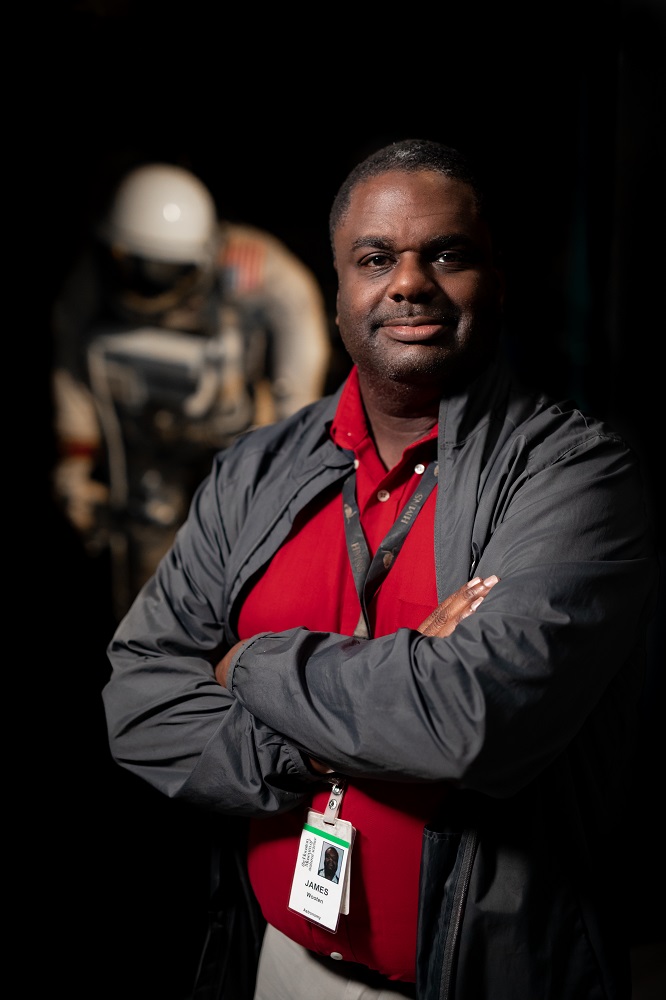
Are you a native Houstonian?
Born and raised in Houston. My mom is from 3rd Ward, Dad from 5th Ward.
That’s not far from here. Growing up in Space City had to have played a significant role in your future.
I was fortunate to have so much around me supporting my interest in space.
What kick-started that interest?
I was 11 years old when I began learning the sky, and I’ve been interested in it ever since. It was an old Batman [episode] where Joker stole something for every sign of the zodiac, but instead of going into astrology, I wanted to find all of the zodiac signs in the sky, the real constellations.
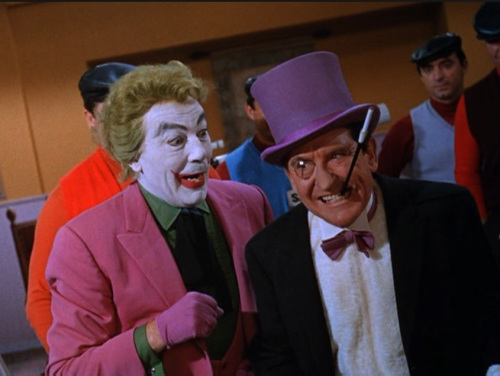
Courtesy of Firebreathing Dimetrodon
Where did you go to school?
I attended St. John’s School where I was a science nerd. Went to MIT and got my master’s at Rice. Upon receiving my masters, this job opened up here.
An MIT graduate! What are your degrees in?
BS in Physics and BS Planetary Science from MIT and a Masters in Astronomy from Rice.
So school helped to cultivate your interest then?
I followed the math and science route throughout school, but it was just me going out as often as I could to look at the sky. The George wasn’t around when I was 11, so I would stand in my backyard. I got intimately familiar with it over the years. I was an Ecoteen here in ’86 and when the job opened up here, I just jumped into it. I started working here part-time running Planetarium shows and then it became a full-time position in ’96 when the HISD position opened up. It will be 24 years doing the HISD job, 25 years here at the museum as of this month.
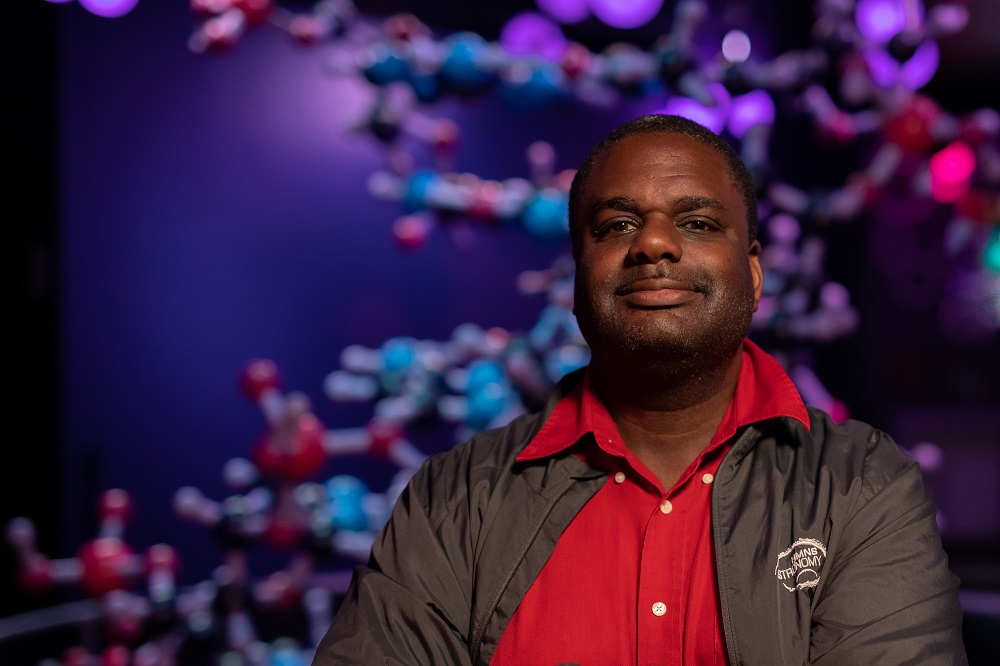
Congratulations and happy anniversary! So, what exactly does the HMNS Astronomer do?
In the mornings, I teach for HISD. I might show a planetarium show, then teach a lab. My main job, though, is to be the expert Astronomer on staff. So if anyone comes with a question about anything in space, I’m the one who answers it. If someone brings a rock sample and thinks it’s a meteorite, I tell them it’s not. It’s mostly not. When someone calls and says they saw a UFO, I tell them they didn’t.
I’m sure that keeps the job interesting, to say the least. You also work closely with the preparations of planetarium shows and Astronomy-related exhibits, right?
If we have exhibits, like much of last year we had the big moon exhibit and we had all kinds of signage around it, describing the moon. I was involved in preparing that. When the Planetarium is writing a new show, I edit the script for the show to make sure it’s right astronomically.
That makes the Burke Baker Planetarium pretty significant, right?
Our planetarium, unlike many others, actually produces many of our own shows. Dr. Carolyn Sumners [HMNS Vice President of Astronomy] will write the script that the [narrator] will say, and I edit that script.
In doing things like this for the museum, do you find anything about space that still surprises you after studying it for so many years?
It’s all interesting to me in different ways. The most interesting thing was when I went below the equator for the first time ever. I looked up at the sky and had to learn it again the stars are a little bit different down there. I was looking at stars I don’t see from Houston.
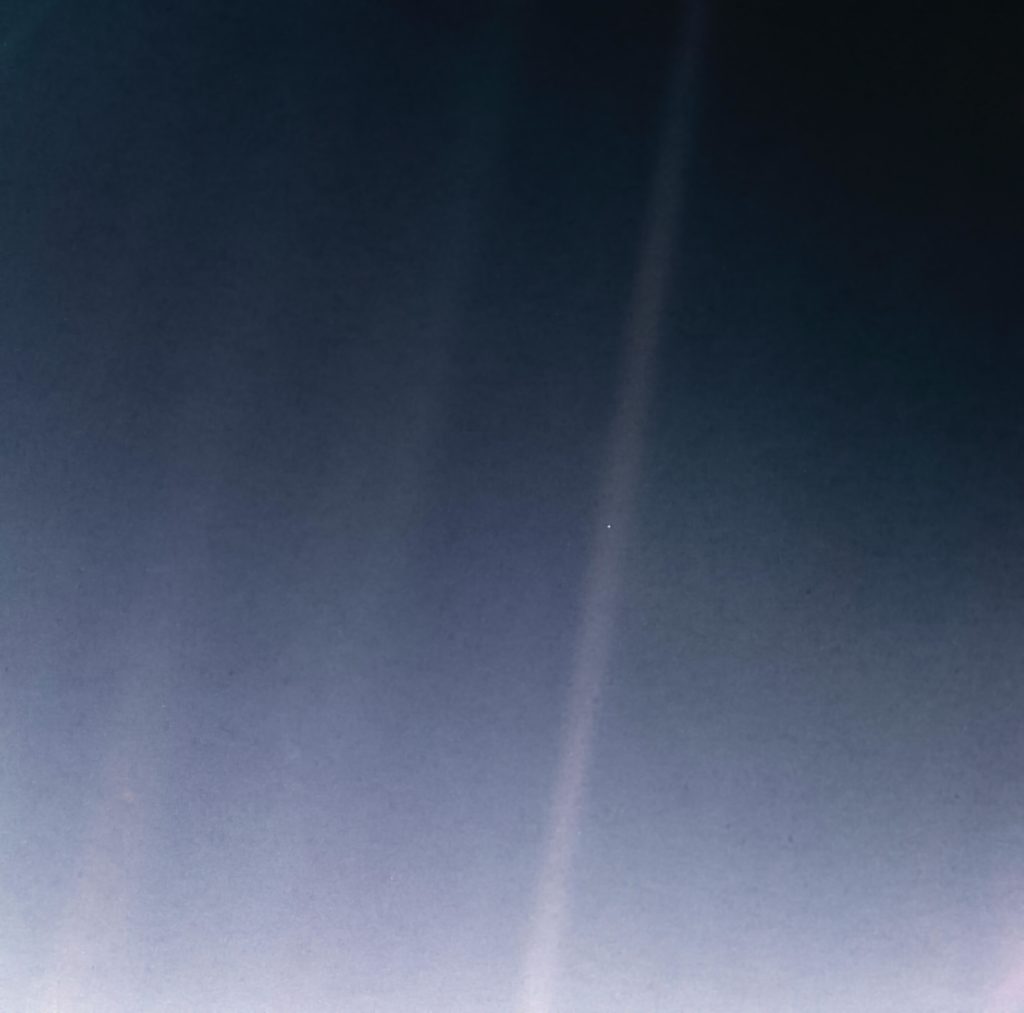
Image credit: NASA/JPL-Caltech
That really puts things into perspective. Has learning about what’s out there changed how you view things down here?
It puts things in perspective. One of the most famous pictures is Carl Sagan’s “Pale Blue Dot.” It’s an image taken from so far away in space that Earth is a pale blue dot. So every person that ever lived, lived there. Everyone’s fighting over a piece of that blue dot. It’s that small in space. That’s a perspective that I try to have.
Speaking of perspective and the importance of things, we are celebrating Black History Month. As an African American in the world of science, how do you view your particular part in the field?
I took my Physics classes at MIT, and I was either the only black person in my class or one of two or three. Most of us do things like business more than science. My dad told me that he didn’t know any black astronomers. So it was 1990 when I told him I was going to follow this path, and he was worried. There’s Neil deGrasse Tyson. I’m not that famous, but our museum is representing in this field. That’s good! We need to show African Americans that this is another path. We’re 12% of the population. We’re not 12% of the students in Physics class at MIT. We’re not 12% of the astronomers at conventions or conferences.
I know HMNS works with HISD so that every 4th grader has the opportunity to visit the museum as part of their class field-trip. It’s a phenomenal program. Do you see a rising spark of interest in Houston’s youth, particularly those of color, to carry the torch in the sciences?
I say, as I end any show, “Come back again someday.” Dr. Sumners told me, after hearing me tell 4th graders, “Many of them aren’t going to come back.” This is their only field trip to the museum ever because their parents are working three jobs. That’s when it dawned on me how important that program is to expose more and more kids to science. If they can come here and see me, maybe it makes a difference. If they come in and they see “Jurassic James” [James Washington III, Customer Service Lead & Tour Guide Trainer], maybe it makes a difference. It’s hard to quantify what difference you’re making, but you’re probably making some.
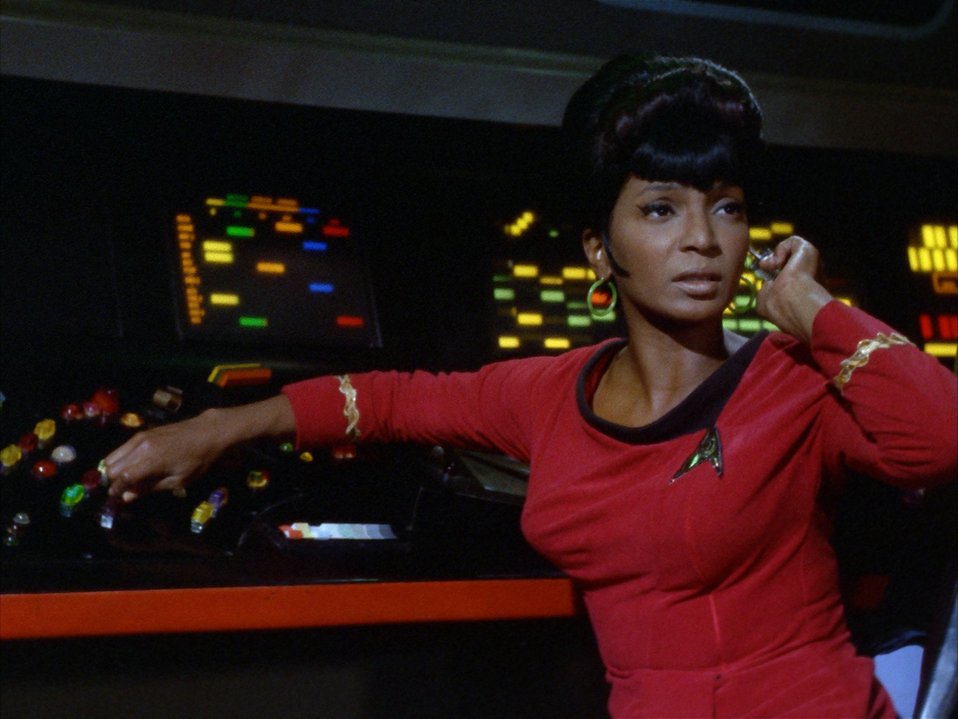
Again, putting things into perspective.
I’m reminded of when Nichelle Nichols wanted to quit Star Trek. Nichelle Nichols played Uhura on the ’60s Star Trek. She wanted to quit because they weren’t giving her character much to do. It was risky enough to put her on the screen in the first place, so she wanted to quit. See in the ’60s black [actors] played domestic workers or they were playing a role that, logically, had to be black. Uhura was a Starfleet officer who could have been a white man, it [the role] could have been an Asian man, it could have been an alien, but they gave it to a black woman. Dr. Martin Luther King, Jr. met her and urged her to stay on the show because it was too important for his daughters to look on TV and see a black woman there. So when we do almost anything that’s positive and a black child sees us in that position, we don’t know if we’re making a difference or not, but I like what I do and I’m going to keep doing it.
Say someone comes in who knows absolutely nothing about space. What is the one thing you want them to walk away from the museum knowing?
Everything in space is too big to show it as it really is. What I try to get them to do is to imagine, to picture where they are in space and visualize the whole universe. You know, you’re on the Earth and it’s spinning around. If I can get people to visualize that and see it in their minds, then that helps a little bit.
Clear skies!

